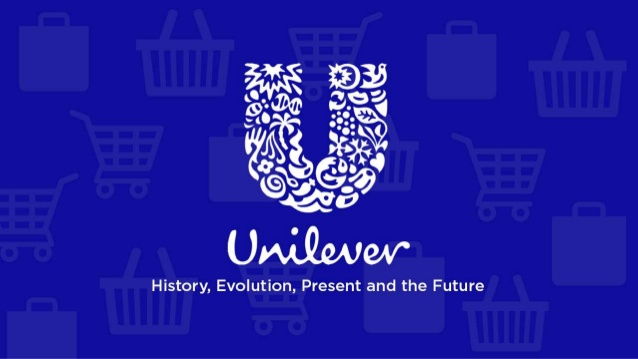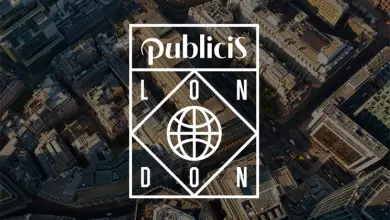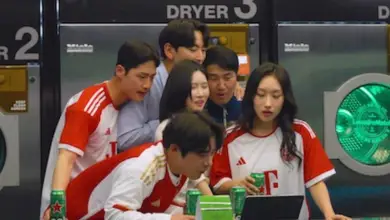One of the few certainties in agency life is that, at some point, a favourite client will leave you. As with any relationship, this can be an emotional experience. Tears will be shed, feelings will be hurt and yet, eventually, life will move on.
But let’s face it, the loss of an account will invariably mean having to court new clients – which is typically a huge drain on resources.
The problem is there are just so many options open to clients these days. It’s easy for suitors to turn their heads by promising exotic datasets, fully integrated marketing suites, or all the in-housing they can eat.
The promise may not live up to the reality, of course, but as the pressures on CMOs grow, we can hardly blame them for wanting to try new things. So perhaps it’s time we re-thought how agencies and brands can work together, and maybe even live happily ever after – or as close to that as we ever get.
Ups and downs
In any relationship, there are ups and downs. For instance, there may be times when we disagree with the creative direction our client is taking and this might result in a clash of ideas.
When that happens, our role isn’t to toe the company line. We need to ask hard questions and offer an alternative perspective. Most of the best partnerships are based on a dynamic of differences, and the perfect client is one that’s prepared to be challenged and challenge those around it.
Problem with promiscuity
However this kind of relationship takes time to build. In the past, when a client and agency came together, they stayed loyal to one another for the long haul. MullenLowe (as it now is after the inevitable mergers) and Unilever have been going strong for 119 years.


But this is a rare case and on the whole lasting partnerships are hard to maintain. These days, marketers are zeroing in on short-term tactical goals and ROI rather than long-term brand building.
And that’s a problem. Brands are built on consistency and commitment. So, by frequently switching your marketing style, you risk confusing your consumer base as to what exactly the brand stands for. One wonders if a scattergun approach to marketing really offers consumers the consistent brand identity they crave.
Marketers must remember that variety may get you noticed and deliver a brief sales rise, but a consistent message builds long-term brand identity and value.
Trust and creativity
It sounds like a cliché, but trust is everything in a relationship.
Yet, trust comes from an agency partner’s ability to consistently deliver on the client’s needs. Therefore, in an industry focused on short-termism, trust is hard to foster. This in turn limits the creative risks marketers will take.
And if clients play it safe and focus on ROI, it isn’t forcing their agency to push the boundaries and create brave work that identifies and seizes upon the moments that matter.
But if you have a longstanding relationship with a brand, things change. You understand its tone, its culture and most importantly its creative limits. The risks feel more calculated as they are part of the wider long-term strategy you’ve spent time curating with your client.
This is the real value of trust. By building a committed relationship, you build a creative and welcoming environment that ultimately promotes work that puts you and your client on the map.
In the end, clients are looking for a partner that efficiently navigates the complexities of the market to drive growth. And with so many options to choose from, the onus is on agencies to prove their strengths can fulfil these expectations and make them the best life partners. Don’t just stay together for the sake of it – stay together so you can live happily ever after.












Odd that you cite MullenLowe as the enduring Unilever relationship given its inception was as Lintas in house. If anything the real long term partnership was JWT.